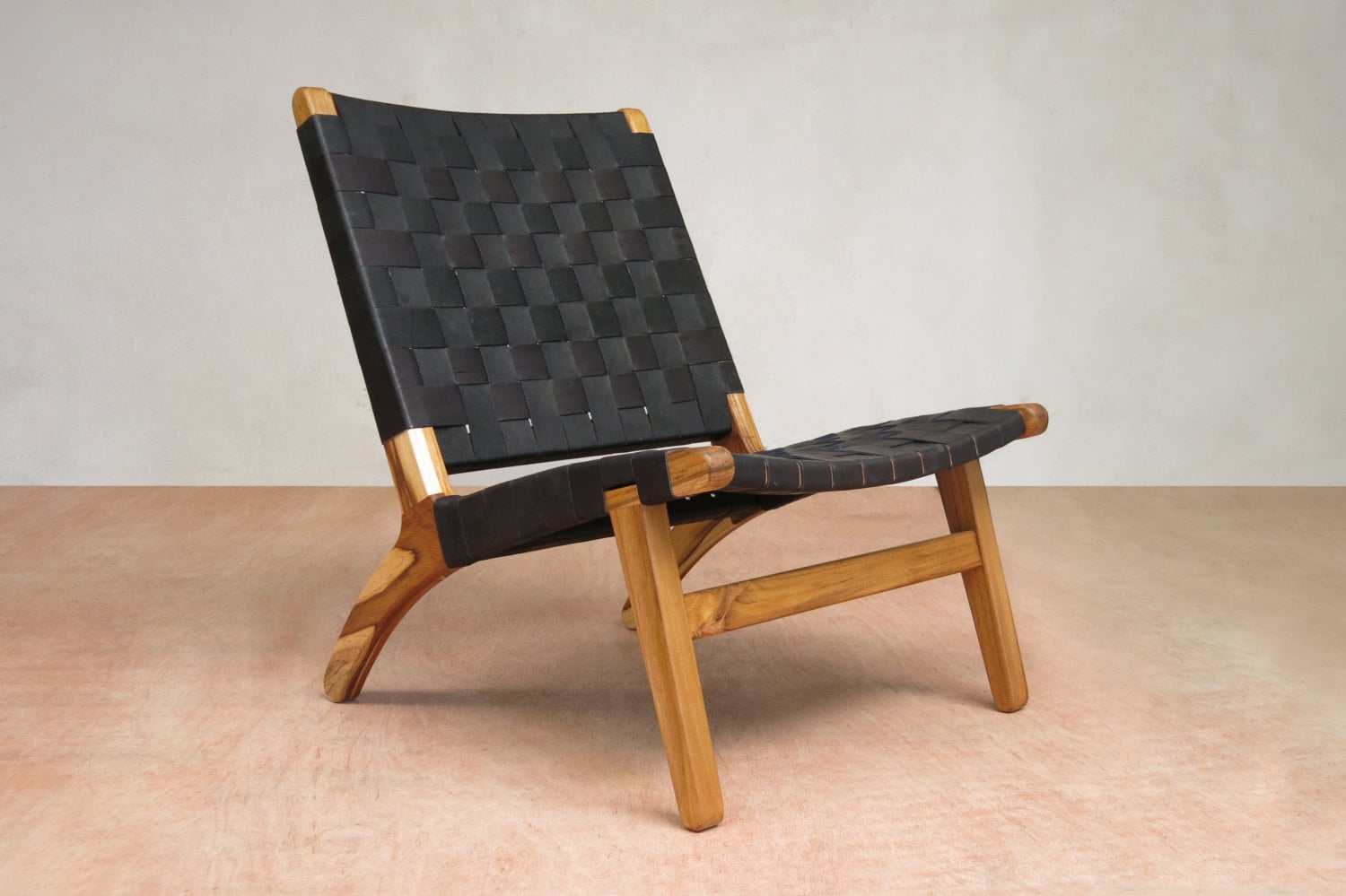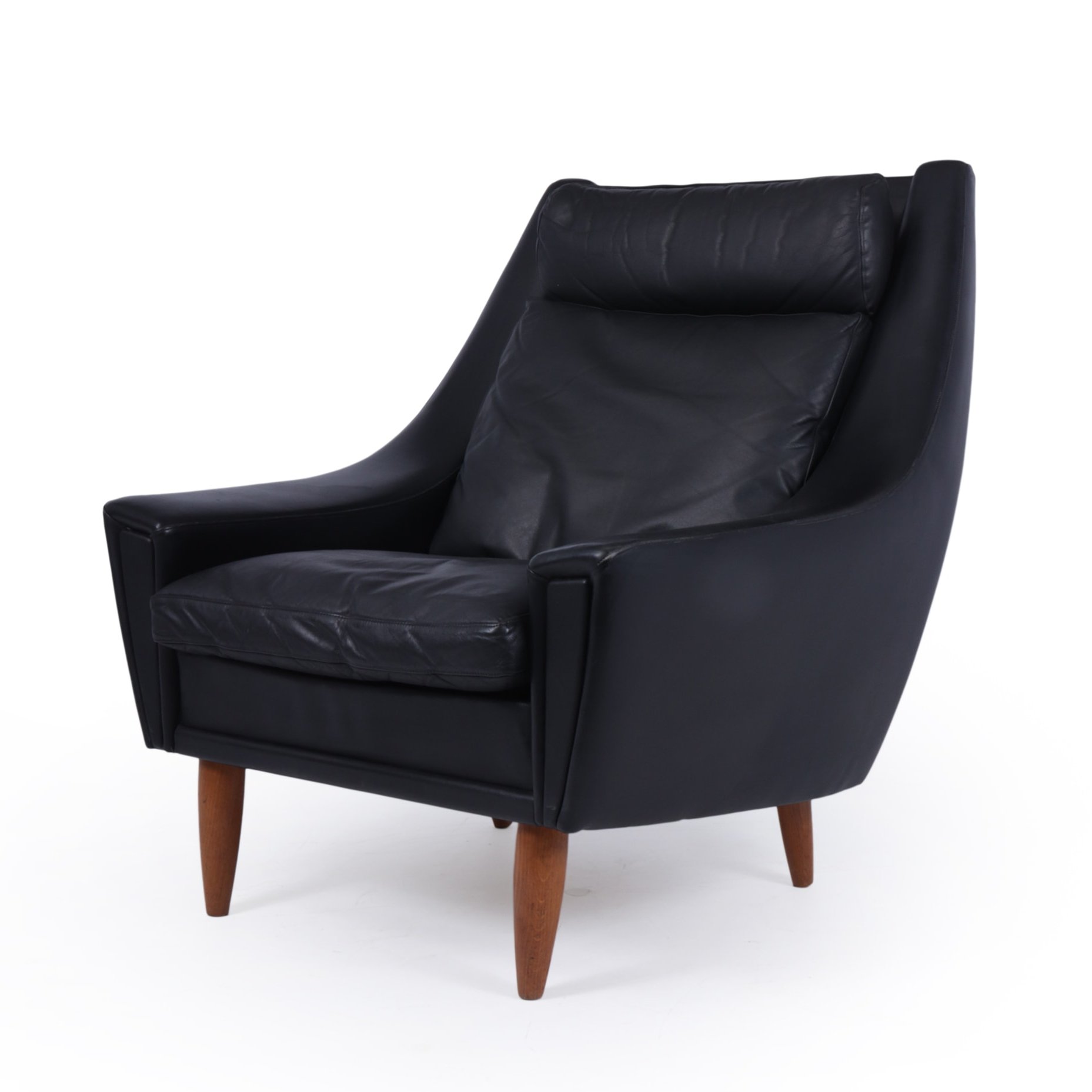Historical Context and Evolution

The mid-century modern aesthetic, flourishing roughly from the 1930s to the 1960s, profoundly impacted furniture design, including the rise of the iconic black leather chair. This period witnessed a shift away from ornate Victorian and Art Deco styles towards cleaner lines, functionality, and a celebration of industrial materials. Social and cultural factors, such as post-war optimism, technological advancements, and a growing middle class with disposable income, fueled this design revolution. The black leather chair, embodying both elegance and practicality, became a symbol of this era’s aspirations.
The design of black leather chairs evolved significantly throughout the mid-century modern era, reflecting changing tastes and technological capabilities. Early examples often featured more traditional forms, albeit simplified, with a focus on sturdy construction and high-quality leather. As the era progressed, designers experimented with new materials, such as molded plywood and innovative cushioning techniques, resulting in more sculptural and ergonomic designs. The use of black leather itself, initially associated with a sense of formality and masculinity, broadened to encompass a wider range of styles, from minimalist to more expressive forms.
Materials and Manufacturing Techniques
The evolution of mid-century modern black leather chairs is intrinsically linked to advancements in materials and manufacturing. The widespread adoption of industrial processes allowed for mass production, making these chairs more accessible. Early chairs relied on traditional leather tanning and hand-stitching techniques, resulting in highly durable but potentially expensive pieces. Later, innovations in leather processing and the introduction of new adhesives and fastening methods allowed for faster and more cost-effective production. The use of molded plywood, a significant mid-century innovation, allowed for the creation of more complex and ergonomic chair shells, often upholstered in black leather. This combination of materials reflected the era’s emphasis on both aesthetics and functionality.
Aesthetic Changes and Notable Designs
The aesthetic of mid-century modern black leather chairs underwent a transformation during this period. Early designs often maintained a sense of formality, with straight lines and a focus on clean silhouettes. As the era progressed, designers experimented with more organic forms and curved lines, influenced by the Scandinavian design movement. The iconic Eames Lounge Chair and Ottoman (1956), designed by Charles and Ray Eames, exemplifies this evolution, showcasing a sophisticated blend of molded plywood and supple leather. Other notable designs include the Barcelona Chair (1929), designed by Mies van der Rohe, which, though predating the core mid-century period, strongly influenced later designs with its sleek lines and luxurious leather upholstery, and the De Sede DS-600 (1960s), a modular seating system which highlights the influence of Italian design and embraced a more playful approach to form and function. These examples illustrate the diverse range of styles that emerged within the mid-century modern black leather chair category.
Timeline of Key Moments
Mid century modern black leather chair – A chronological overview highlights significant milestones in the evolution of the mid-century modern black leather chair:
- 1920s-1930s: Early examples of streamlined, yet still somewhat traditional, leather chairs emerge, foreshadowing the mid-century modern aesthetic.
- 1940s-1950s: Post-war optimism and economic growth fuel demand for modern furniture. Mass production techniques become more refined, making leather chairs more accessible.
- 1956: The Eames Lounge Chair and Ottoman is introduced, becoming an iconic symbol of mid-century modern design. This chair’s use of molded plywood and high-quality leather exemplifies the era’s focus on both form and function.
- 1960s: Experimentation with bold forms and new materials continues. Modular seating systems and more playful designs gain popularity, reflecting a shift towards a more relaxed and informal aesthetic.
Modern Interpretations and Applications: Mid Century Modern Black Leather Chair

The enduring appeal of the mid-century modern black leather chair has led to its continued presence in contemporary design, albeit with subtle yet significant reinterpretations. Modern designers draw inspiration from the classic lines and functionality, updating them with new materials, manufacturing techniques, and aesthetic sensibilities to suit contemporary tastes and lifestyles. This evolution maintains the core essence of the mid-century design while incorporating modern innovations and stylistic choices.
The reimagining of these iconic chairs often involves exploring variations in material and form. While black leather remains a popular choice, contemporary interpretations might feature other premium leathers in diverse colors, or even incorporate alternative materials such as high-quality fabric or vegan leather alternatives, reflecting a growing consciousness towards sustainability and ethical sourcing. Structural adjustments may include slightly altered proportions, perhaps a lower seat height or a more streamlined silhouette, aligning with contemporary trends in furniture design. Some modern iterations might integrate technological advancements, such as hidden charging ports or built-in Bluetooth speakers, seamlessly blending functionality with aesthetics.
Modern Living Room Design Incorporating a Mid-Century Modern Black Leather Chair, Mid century modern black leather chair
A modern living room centered around a mid-century modern black leather chair could adopt a sophisticated and subtly eclectic style. The color palette would be grounded in neutral tones – think warm greys, creamy whites, and deep charcoal – punctuated by pops of color from carefully chosen accent pieces. The black leather chair, serving as a focal point, would be positioned strategically, perhaps facing a minimalist fireplace or a large window offering a scenic view.
The other furniture pieces would complement the chair’s clean lines and refined aesthetic. A low-slung, modular sofa in a light grey fabric could provide comfortable seating alongside the chair. A sleek, walnut coffee table with a minimalist design would anchor the seating area, while a vintage-inspired floor lamp with a brass finish would add a touch of warmth and visual interest. Subtle textured elements, such as a wool rug or a woven wall hanging, could add depth and visual complexity to the space without overwhelming the minimalist aesthetic.
Lighting plays a crucial role in setting the ambiance. Recessed lighting provides general illumination, while a statement pendant light above the coffee table adds a focal point. The floor lamp provides task lighting, while strategically placed table lamps create intimate pockets of light. The overall ambiance should be one of sophisticated simplicity, a balance of sleek modernity and mid-century charm, with the black leather chair acting as the elegant anchor of the room. The result would be a calming and inviting space that is both stylish and comfortable.
